The Torhouse Stone Circle, located near Wigtown in southwest Scotland, is one of Scotland’s best-preserved stone circles. This megalithic structure has intrigued archaeologists and historians for decades due to its age, design, and purpose. Likely built around 2000 BC during the late Neolithic to early Bronze Age, Torhouse provides insight into prehistoric ritual practices and the societies that created such structures.
Get your dose of History via Email
Description and Layout
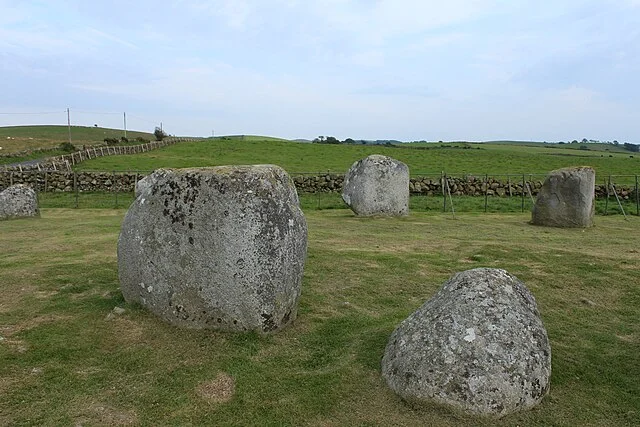
Torhouse Stone Circle consists of 19 granite boulders arranged in an oval shape. The stones are generally uniform in size, with the tallest reaching about 1.5 meters. In the center, three larger stones are arranged in a triangular formation, likely marking a focal point of significance. Some researchers theorize these central stones could represent symbolic structures, possibly related to burial or ritualistic functions.
This circle spans roughly 22 meters across, and the stones’ placements suggest a carefully considered layout. The circle sits within a landscape that is itself rich in prehistoric monuments, with additional standing stones and cairns nearby. These structures may reflect the cultural and spiritual importance of the area during the Bronze Age.
Archaeological Significance
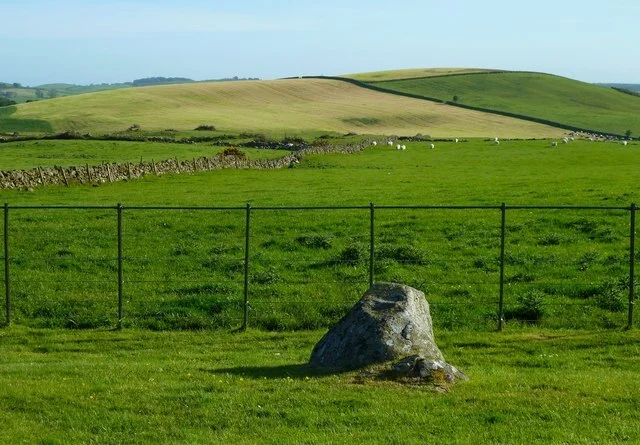
Torhouse Stone Circle’s layout reflects typical characteristics of Bronze Age ceremonial circles. Archaeologists theorize that the circle served as a site for religious, astronomical, or social gatherings. The arrangement of the stones and the presence of three central boulders may indicate an intentional orientation, potentially aligned with celestial events. While Torhouse lacks inscriptions or carvings, its well-preserved structure allows archaeologists to analyze it alongside other megalithic sites across Britain.
Excavations and Findings
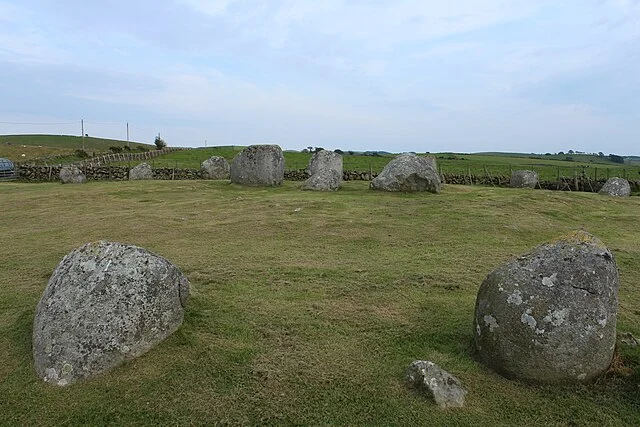
Torhouse has seen minimal archaeological excavation, which has preserved its structure but limits our understanding of its full history. Previous studies focused primarily on the stone circle’s alignment and layout rather than digging within the site. Therefore, researchers have uncovered little in the way of material culture or artifacts associated with the site. This lack of excavation leaves many questions unanswered, including the possibility of burials or offerings within or around the stone circle.
Theories on Purpose and Use
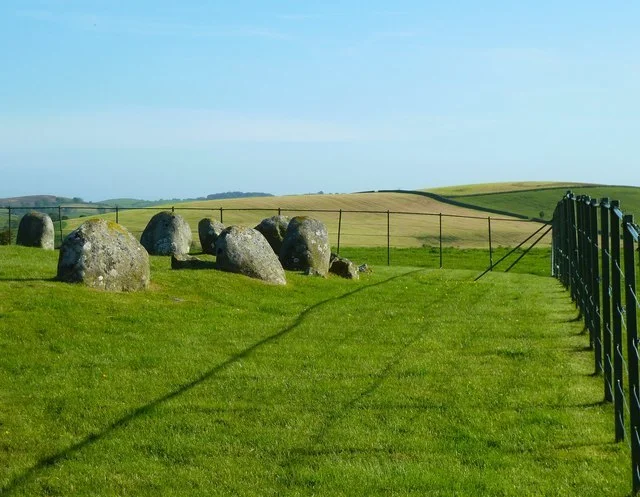
Like many megalithic structures, the exact purpose of Torhouse Stone Circle remains a mystery. However, several prevailing theories exist. One hypothesis suggests it served a religious or ceremonial purpose, given its central stones and alignment, which could have held symbolic significance. Another theory links the site to astronomical events, as prehistoric people often oriented megalithic sites with the solstices or other celestial phenomena.
Some researchers also propose that Torhouse may have served a social function, gathering communities for important events, rituals, or even seasonal celebrations. Its size and visibility within the landscape support this theory, as it likely stood as a focal point for gatherings in the surrounding area.
Comparison with Other Stone Circles
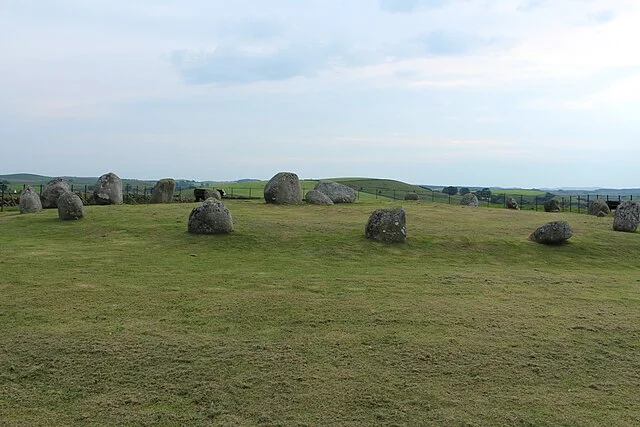
Torhouse Stone Circle shares characteristics with other British stone circles, such as Castlerigg and Avebury. These sites typically feature multiple stones arranged in circular or oval shapes, with central features suggesting areas for ritual activity. However, Torhouse’s layout, with its three central stones, makes it unique among Scottish circles. This difference could indicate regional variations in stone circle construction, possibly reflecting local traditions or adaptations.
Conservation and Accessibility
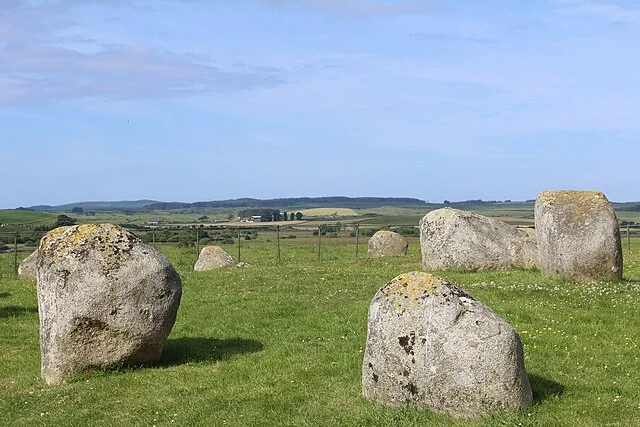
Today, the Torhouse Stone Circle is a protected site managed by Historic Environment Scotland. The site remains open to the public year-round and receives regular maintenance to preserve its structural integrity. Visitor information and signage provide context about the circle’s history and significance, making it an accessible example of prehistoric architecture for those interested in Scotland’s ancient heritage.
Conclusion
Torhouse Stone Circle stands as a remarkable example of Bronze Age ceremonial structures in Scotland. Although its exact purpose remains uncertain, it offers valuable insights into prehistoric society and spiritual life. With its unique arrangement and central stones, Torhouse continues to attract academic and public interest, providing a direct link to Scotland’s distant past. Further research and preservation efforts will help ensure that this enigmatic structure remains an enduring feature of Scotland’s archaeological landscape.
Source:

